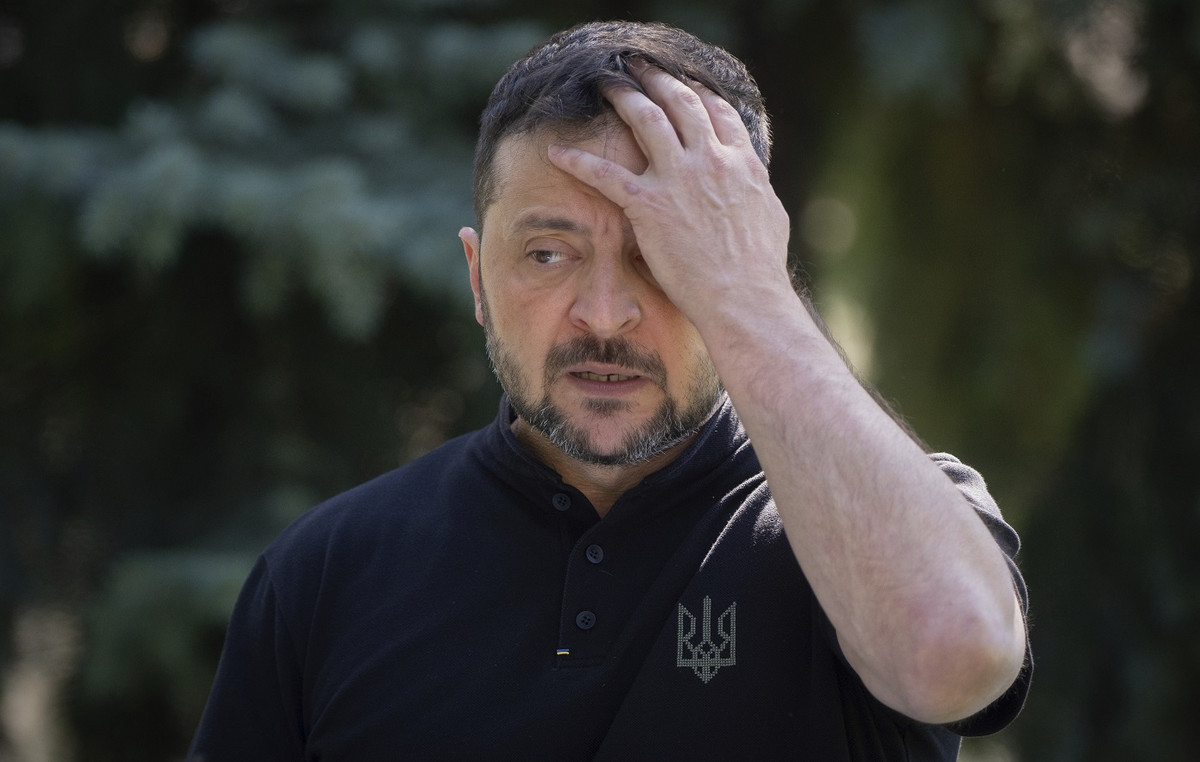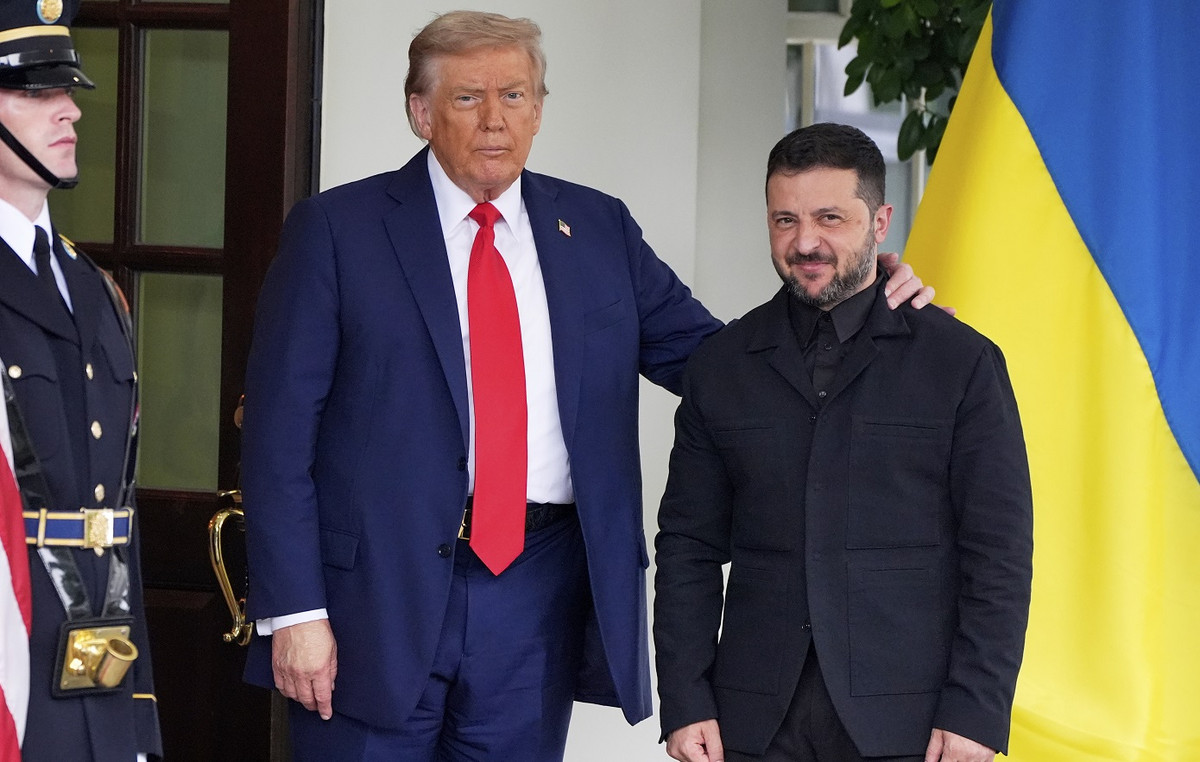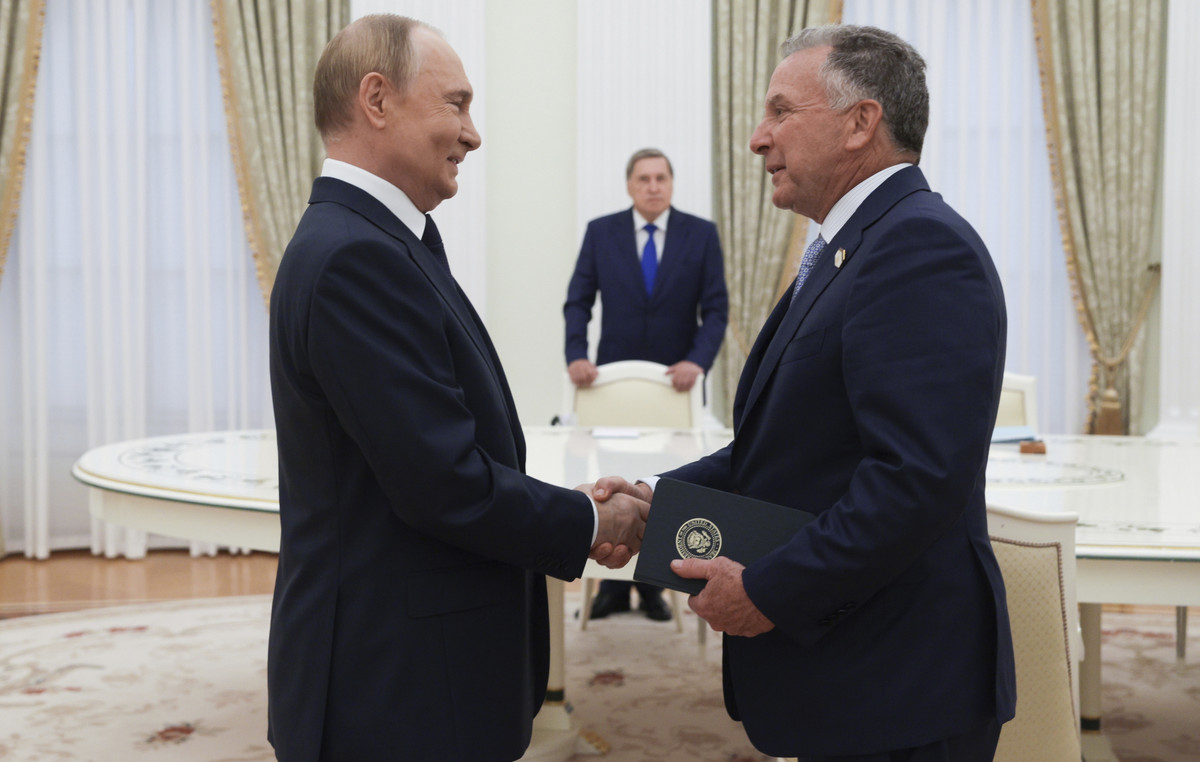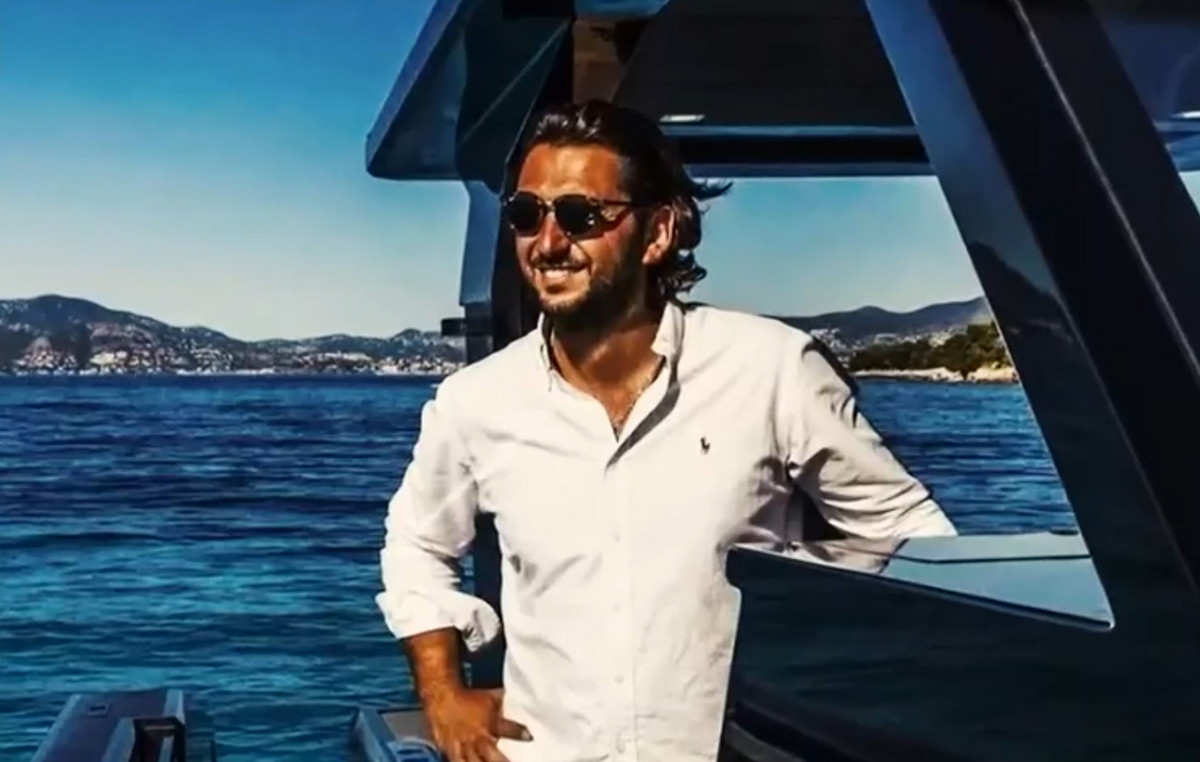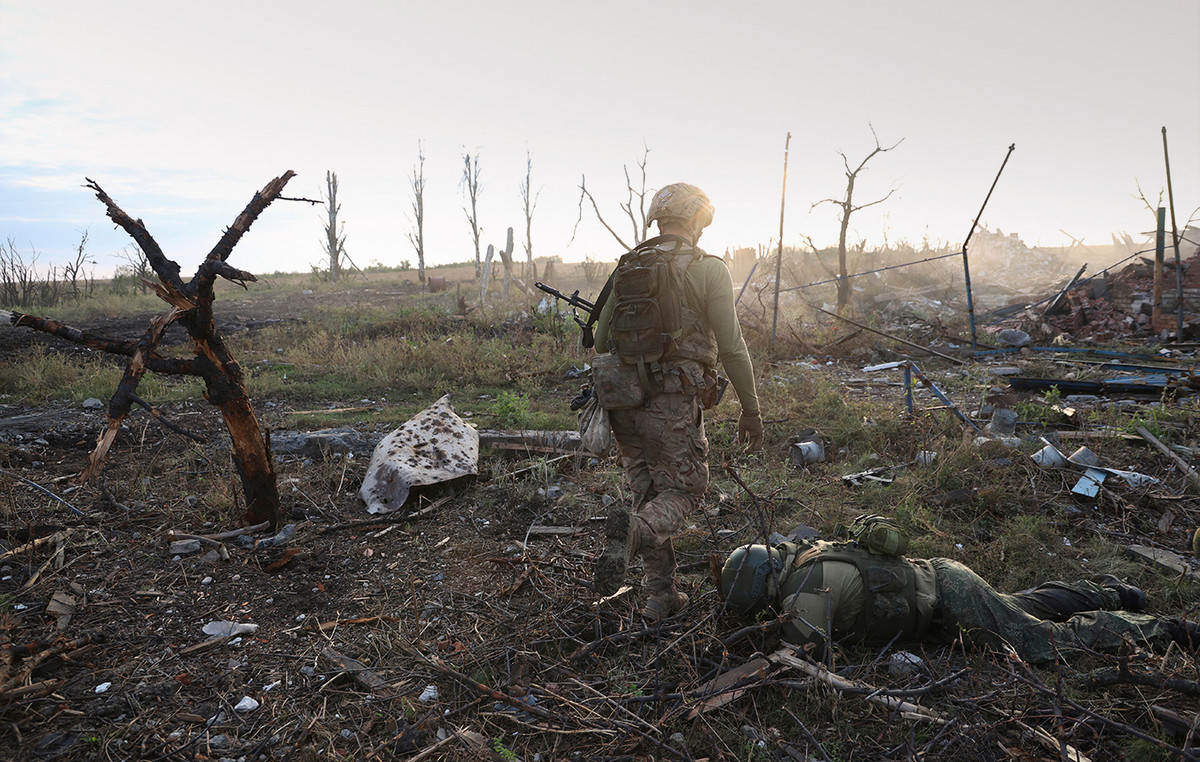He is 87 years old and has faced health problems in recent years and has started using a wheelchair. But now Pope Francis is embarking on the longest trip of his pontificate.
On Monday (2), the pontiff begins a 12-day marathon visit to four countries in Southeast Asia and the South Pacific: Indonesia, Papua New Guinea, East Timor and Singapore. It is one of the longest foreign trips any pope has ever embarked on and marks the longest geographical distance (32,814 kilometers) that Francis has traveled since his election in 2013.
The historic visit will allow the pope to highlight key themes of his pontificate, including interreligious dialogue and environmental protection.
The trip also highlights a significant shift taking place within the Catholic Church: its shift toward Asia.
During his pontificate, Francis’s 44 previous overseas visits have included South Korea, Japan, the Philippines, Thailand, Myanmar and Bangladesh. He has also appointed cardinals from the Philippines (Luis Antonio Tagle) and South Korea (Lazarus You Heung-sik) to important posts in the Church’s central administration.
The Catholic Church is no longer a Eurocentric or Western institution, but one in which churches in Asia, Africa and Latin America have a growing voice. Francis, who as a young man wanted to be a missionary in Japan, has spoken favorably of male and female church leaders from countries outside Europe.
“Asia has always been among Francis’ priorities,” he said. to CNN Father Antonio Spadaro, a Vatican official and close advisor to the Pope.
Catholics in Asia are often a minority, although they often punch above their weight when it comes to running schools and charities.
“The pope is not so much interested in the number of Catholics as in the vibrancy,” said Spadaro, who will travel with Francis. In many Asian countries, the Jesuit priest explained, the Church seeks to act as a “leaven” in an attempt to serve the “common good,” while Asia “represents the future at this moment in the world.”
Interfaith Declaration
Often a minority, churches in Asia are focused on dialogue with other religions, something that will be a central theme of the trip.
While in Indonesia, the world’s most populous Muslim-majority country, the pope will meet with religious leaders at Jakarta’s Istiqlal Mosque, the largest in Southeast Asia. Francis will then sign an interfaith declaration with Indonesia’s grand imam and is also expected to visit an underground passageway connecting the mosque and the nearby Catholic cathedral, known as the “tunnel of friendship.”
“Indonesia and Singapore are countries where the need to negotiate harmonious coexistence with other religions and the wider community is a constant concern,” he told CNN Christina Kheng, a Singaporean Catholic theologian who teaches at the East Asia Pastoral Institute, said: “What stands out is the dialogue in everyday life that Catholics have with people of all religions.”
“The pulse of the churches here is quite different from, say, those in Europe or the US, where issues like polarization, secularization and abuse have dominated the headlines,” she added.
Spadaro said that the “pope wants to give a signal about dialogue with Islam”, and highlights that in East Timor, the government adopted a historic document on human fraternity – signed by Francis and the Grand Imam of Al-Azhar, Sheikh Ahmed al-Tayeb – as a national text.
East Timor is unusual in Asia in that 97% of the population identifies as Catholic, the highest proportion outside the Vatican City State.
Michel Chambon, who works at the National University of Singapore and is an expert on Asian Catholicism, said the pope’s visit would help build relations and mutual understanding with these countries.
“The main thing is that the Vatican is not a European state, it is much more than that,” he said.
A giant in the background
Meanwhile, the Vatican’s relationship with China, an officially atheist state where religious practice is heavily restricted by the government, will take a back seat to this visit as Francis moves to rebuild diplomatic relations with Beijing.
Catholicism is one of five state-recognized religions in China. But state-sanctioned Catholic churches were for decades run by bishops appointed by Beijing, not the Holy See, until the two sides reached a deal in 2018. Details of the agreement have never been made public, and many within China’s underground congregations that have remained loyal to Rome and have long faced persecution fear being abandoned.
Although the Holy See-China deal has faced criticism, the Vatican says the agreement is already bearing fruit and hopes to open a permanent office in China. The pope has repeatedly said he would like to visit the country.
Proponents of the strategy of patient diplomacy point to the Holy See’s improving relationship with another communist-ruled country: Vietnam. After years of negotiations, the pope succeeded in appointing the first resident ambassador to Hanoi late last year.
Francis’ trip will also take him to a part of the world at risk from rising sea levels and natural disasters, with Papua New Guinea a country on the frontline of the climate crisis. Throughout his pontificate, the pope has insisted that protecting the planet is a pressing moral issue, and his trip to the Pacific is yet another opportunity to urge world leaders to take stronger action.
Making this long trip now, after more than 11 years as pope, sends a message to those, including at the highest levels of the church, who expect this pontificate to be losing steam. Spadaro says it underscores the “vivacity of the pontificate at this moment.”
Francis will travel with a doctor and two nurses. There are risks involved in making such a long and tiring visit at his age. But this is a pope willing to take risks and spring surprises. And he is determined to make one of the most ambitious trips of his pontificate.
This content was originally published in Analysis: Pope Francis’ trip reinforces the Catholic Church’s shift to Asia on the CNN Brasil website.
Source: CNN Brasil
Bruce Belcher is a seasoned author with over 5 years of experience in world news. He writes for online news websites and provides in-depth analysis on the world stock market. Bruce is known for his insightful perspectives and commitment to keeping the public informed.

